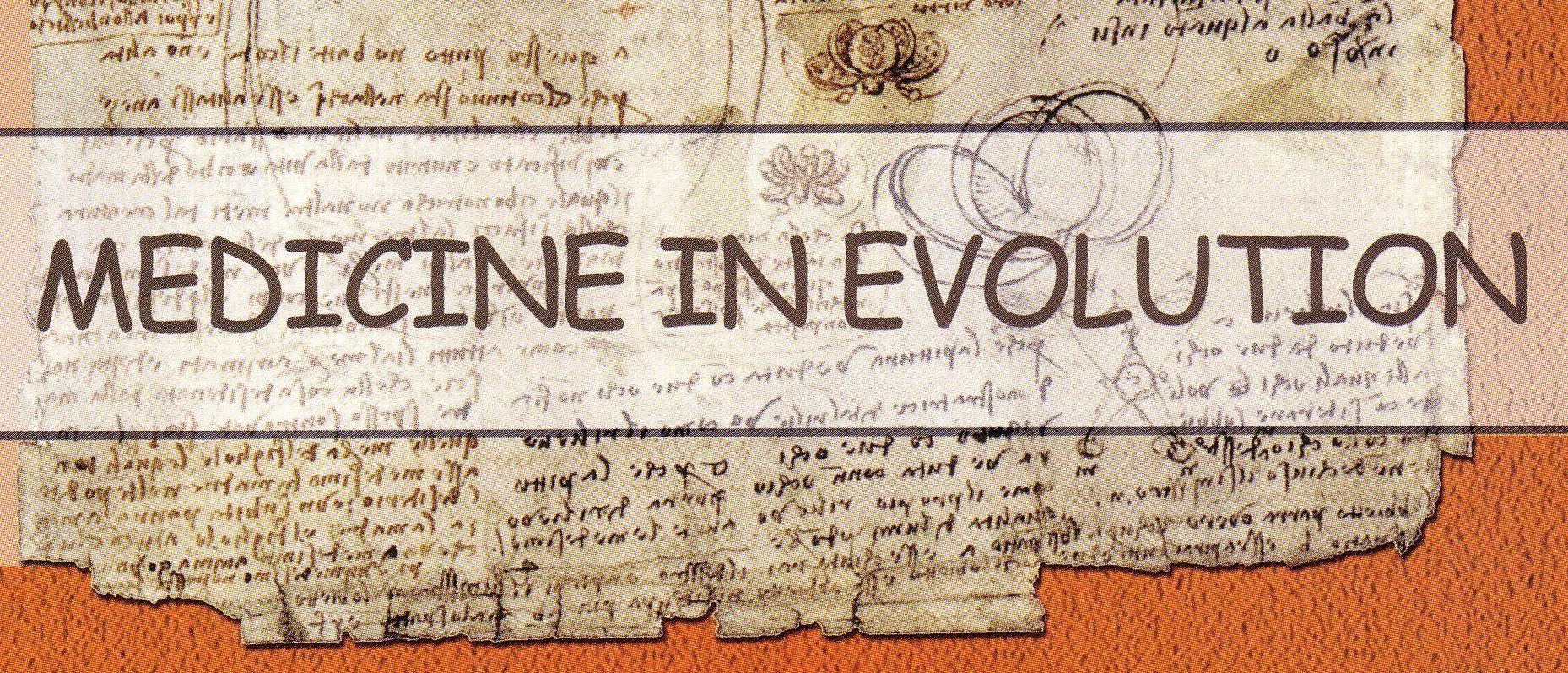|
Medicine in evolution
|
- Abstract -
US National Library
of Medicine describes as allergens over 4.000
chemical substances. Some of them can be associated
with mutagenic processes. It is estimated that
15-20% of the adult population of Europe presents
sensitivity to at least one allergen. Dentistry is
one of the professions that presents a high risk in
developing reactions to common or specific
allergens. The body response to allergens consists
in: immediate allergic reactions (rhinitis, asthma,
conjunctivitis, generalized eruptions) and tardive
allergic reactions (contact dermatitis.) Among the
patients, the allergic reactions manifest
predominantly at the oral cavity level, being caused
more frequently by certain metals which the dental
alloys are made of. We used the patch-test on a lot
of 30 dentists in order to indentify the main
substances responsible for producing immediate and
tardive allergic reactions, then on a lot of 30
patients to determine the allergen potential of the
typical compounds in dental alloys. Regarding the
dentists, the testing offered us the following data:
tardive allergic reactions to 2-HEMA (2 hydroxi-ethyl
methacrylate)-52%; EGDMA (ethyleneglicol dimethyl
methacrylate)-40%; nickel-32%; MMA (methyl
methacrylate)-26%; 2-HPMA (2 hydroxi propil
methacrylate)-20%; EMA (ethyl methacrylate)-17% and
immediate allergic reactions to eugenol-32%;
latex-19%, antiseptics-3%. Regarding the lot of
patients, on the other side, the patch-testing led
us to the following results: sensitivity to gold-5%;
palladium-7%; nickel-30%; cobalt-2%. Due to the high
percentage of reactions following the patch-testing,
the identification of the allergic reactions in
patients and practitioners as well, has a major
importance for prevention of the possible mutagenic
effects of the above-mentioned materials and the
possibility of launching specific public health
programs according the results obtained.
Key words: patch-test,
allergic reaction.
Webmaster: Creanga Madalina |
|---|
